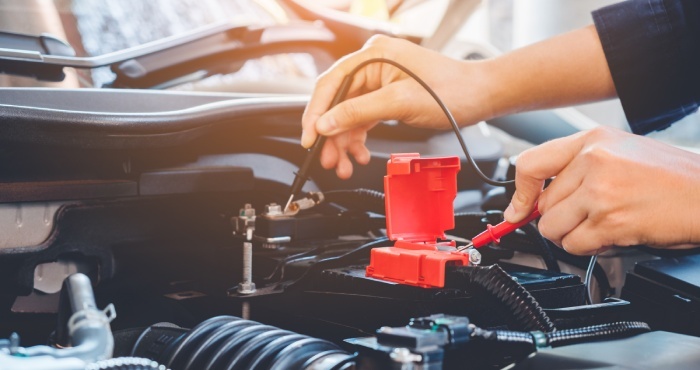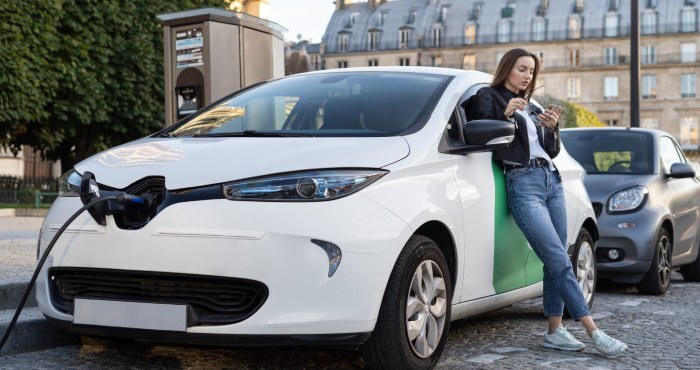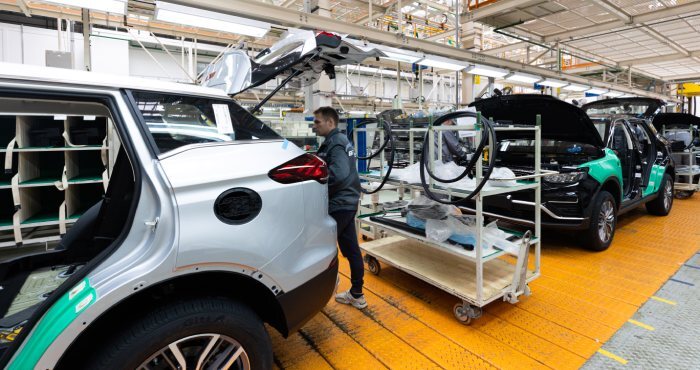The emergence of electric vehicles (EVs) has transformed the concept of car ownership, making them not only mechanical entities but also sophisticated software platforms and battery systems. While this evolution brings significant advantages, it has also led to legal complications when owners make modifications to their EVs.
In California, which boasts some of the strongest consumer protection laws in the country, particularly the Song-Beverly Consumer Warranty Act — often referred to as the “lemon law” — alterations to batteries, charging systems, or software have resulted in an increasing “gray area” regarding the retention of full lemon-law protections for owners.
Why EVs change the legal conversation
Conventional lemon-law cases typically focused on mechanical issues, such as problems with engines and transmissions. However, electric vehicles introduce different types of failures, including battery decline, reduced driving range, charging port issues, and software bugs that can impact drivability.
In California, courts and Lemon Law Lawyer California specialists are increasingly recognizing software performance and battery issues as potential “substantial defects” under the law, particularly when they impact safety, usability, or market value. This evolving interpretation broadens the scope of issues covered by lemon laws and increases the likelihood that consumers who modify their vehicles could face disputes with manufacturers over the root cause of these problems.
Modifications don’t automatically kill a lemon-law claim — the federal backstop
One of the fundamental laws that safeguards consumers is the Magnuson-Moss Warranty Act. This legislation stipulates that a manufacturer cannot arbitrarily void a warranty just because the owner has utilized parts or services from third parties. According to federal regulations, the manufacturer is required to demonstrate that the use of aftermarket modifications directly led to the defect in order to refuse warranty coverage. This requirement for proof is vital in disputes related to lemon laws that involve modifications.
Where the gray area forms: causation, attribution, and technical complexity
Real disputes can be complicated, even when governed by federal regulations. Manufacturers often claim that modifications made by owners — such as installing an aftermarket fast-charger, using a non-original equipment manufacturer (OEM) battery module, tuning the engine control unit (ECU), or employing an aggressive app to extend range — have changed the system’s performance and led to failures.
Given the close integration of hardware and software in electric vehicles (EVs), establishing a clear causal relationship can require advanced forensic analysis, including examining telematics data, battery condition records, software update logs, and engineering evaluations. The technical complexities involved in these disputes tend to make them costly and unpredictable, leading many parties to seek resolution through private negotiations or arbitration instead.
Practical scenarios that trigger disputes
- Replacement of batteries or use of non-original equipment manufacturer (OEM) modules. When an owner substitutes cells or a module, manufacturers might claim that these new components disrupt thermal management and lead to performance decline.
- Use of aftermarket rapid chargers or modified charging methods. Charging at higher speeds or with altered profiles can hasten battery deterioration; manufacturers may cite this as a potential justification for issues.
- Modifications to software and the installation of third-party applications. Adjustments affecting power delivery, regenerative braking, or thermal parameters could be blamed for subsequent failures.
- Physical alterations (such as lift kits or changes to suspension) that impact unrelated systems but are argued to contribute to malfunctions.
In all these cases, the essential question remains consistent: did the modification significantly lead to the nonconformity? If the answer is no, protections under lemon laws should still apply.
The manufacturer’s toolbox: defenses and procedural changes
For a considerable time, manufacturers have relied on various justifications, such as asserting that the defect lacks “substantiality,” blaming the owner for misuse, or claiming there were inadequate chances for repairs.
In Del Sur, California, recent legislative changes (including updates to the Song-Beverly Act and associated legislation) have transformed the processes related to claims, evidence gathering, and timelines, creating a more organized pre-litigation phase in some areas. These procedural adjustments can affect strategies in cases involving vehicle modifications, as early technical data and comprehensive documentation of repair efforts have become increasingly essential.
What EV owners should do (practical guidance)
Maintain Detailed Documentation
Ensure you keep all invoices for repairs, logs of charging activity, receipts for software updates, and records of any modifications. Data from telemetry and the history of charging stations can be vital in substantiating your claims. The more evidence you gather, the more challenging it becomes for manufacturers to contest your assertions.
Refrain from Additional Modifications
After noticing a defect, avoid making any further alterations. New modifications may muddle the issue of whether the defect originated from the manufacturer or resulted from your actions. By keeping the vehicle unchanged, you bolster your position legally.
Seek Expert Assistance
Always obtain written diagnostic reports from the service center and retain all pertinent vehicle information. Request official written diagnostics from the manufacturer as well. It’s advisable to consult with a Lemon Law attorney who specializes in electric vehicles to fully understand your rights and potential risks.
EV Lemon Law at a Glance: Stats and Insights
| Statistic | Value / Insight | Relevance |
| 1. EV Problems vs Gas | EVs show 79% more issues (Consumer Reports, 2025) | EVs show 79% more issues (Consumer Reports, 2025) |
| 2. Lemon Law Success | 99% success rate in CA; resolved in 3–6 months | Strong protection, but mods may raise disputes. |
| 3. EV Repair Estimates | EVs = 2.4% of CA repairs (2022) | High repair volume increases lemon-law exposure. |
| 4. OEM Reporting Rules | Report if claims > 2% or 50 vehicles (CARB) | Scrutiny on EV defects; mods blur fault lines. |
| 5. Filing Rate (2018–21) | 34,397 cases out of 7.6M sales (<0.5%) | Rare but significant, rising with EV adoption. |
The emergence of electric vehicles brings new challenges that can obscure who is responsible when problems occur. Although California’s lemon law continues to safeguard consumers, the presence of batteries, charging systems, software, and aftermarket changes complicates the resolution of disputes.
To secure a favorable result, it is crucial to maintain thorough documentation, refrain from making additional modifications once issues are detected, and promptly consult with a knowledgeable Lemon law Lawyer in San Diego, CA, to effectively manage this changing legal environment.




